Scanner
Photo scanners - analogue meets digital
The digital age has not stopped in the field of photography. Digital single-lens reflex cameras have become indispensable, even if the trend towards analogue cameras and real film is reviving among many.
Those who like to take analogue photos or who still have a large number from their childhood stored in old shoeboxes may want to digitise their unique works at some point. Be it to edit them afterwards, to duplicate them, to archive them safely or just to share beautiful memories with others via social media.
If you also want to digitise your photos on your PC, they first have to be transferred to your PC. Although you can use a conventional scanner, often found in multifunction printers, the quality of the images will suffer greatly. We recommend that you use a real photo scanner. This is specially designed for photos, as it has more colour depth and a higher dpi value. This way, even fine details are reproduced faithfully on the PC.
Photo scanners in different versions
Photo scanners are equipped differently and are available in different sizes. So-called flatbed scanners are particularly suitable for larger photos. For smaller prints, there are alternatively models that have a feeder through which they are pulled and scanned in the process. Due to their compact size, these scanners are only suitable for smaller photos.
While some devices are only designed for photos, other models can also be used for slides and negatives. Many modern photo scanners even have a preview screen that allows you to view the scanned image and make any necessary corrections.
What to consider when buying
If you want to buy a photo scanner, you should think about what kind of images you want to digitise beforehand. Do you want to scan slides or negatives as well as normal photos, or perhaps even large A5 or DIN A5 prints?
Flatbed scanners are suitable for large photos, but the small photos can quickly slip during the scanning process and distort the result. If you want to digitise a lot of prints, a scanner with a feeder may be the right choice for you. This will save you a lot of time and effort. If you want to cover different formats, it is best to use a multifunction scanner. There are also a variety of templates and holders for slides and negatives so that you don't have to reinsert and scan each image individually by hand.
When buying, you should of course also pay attention to the resolution. Especially if you plan to not only archive the photos in the future, but also edit them and, above all, enlarge them. Many photo scanners in the lower price segment do not have such a high resolution, which means that when you enlarge the photos, the quality suffers greatly and, in the worst case, the result looks blurred or pixelated.
Update 27.04.2024.
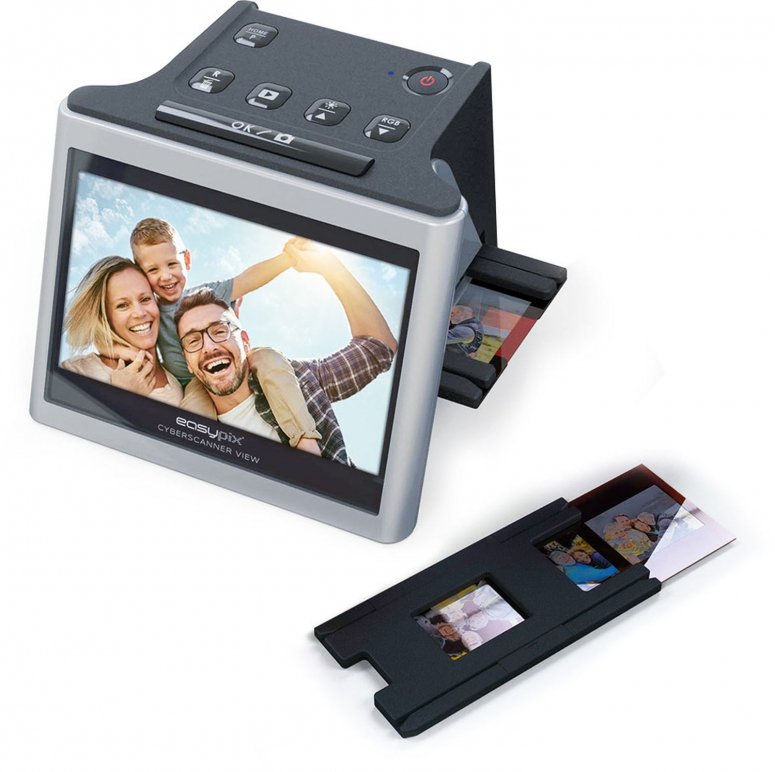
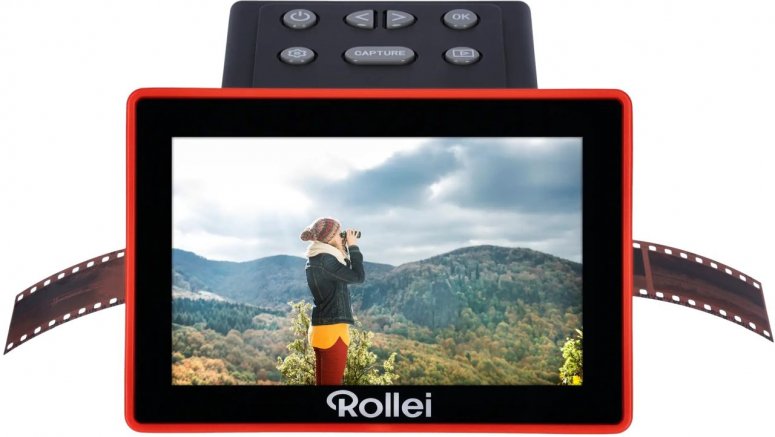
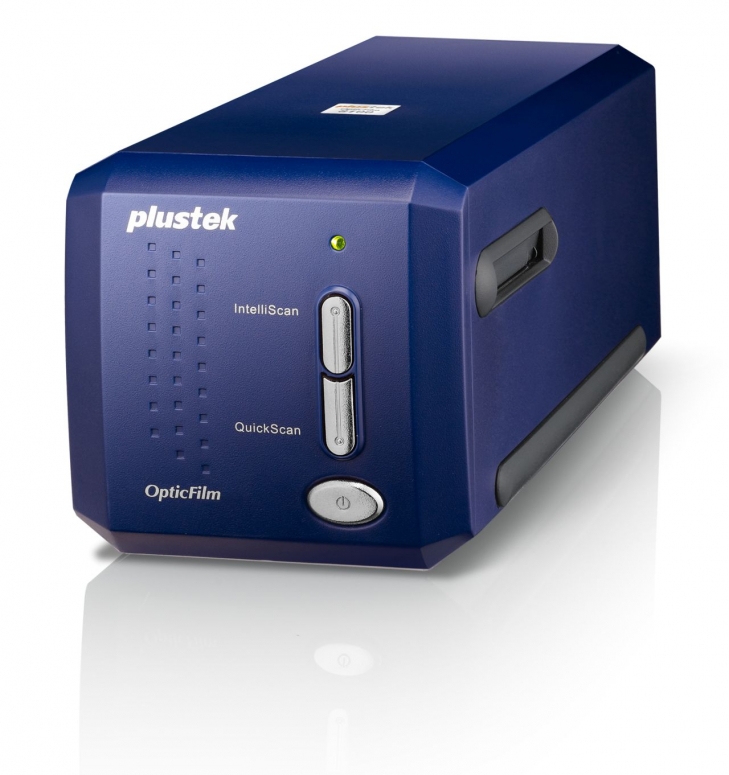

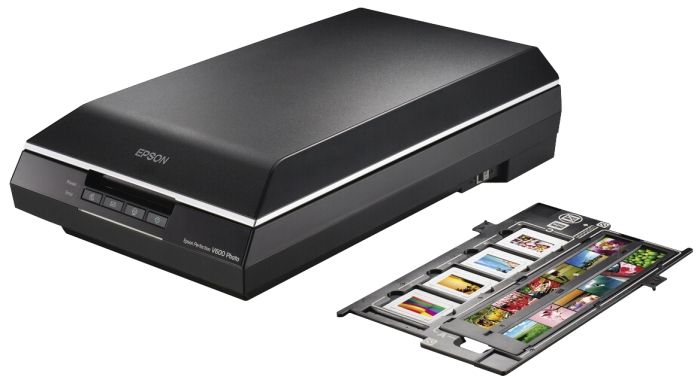
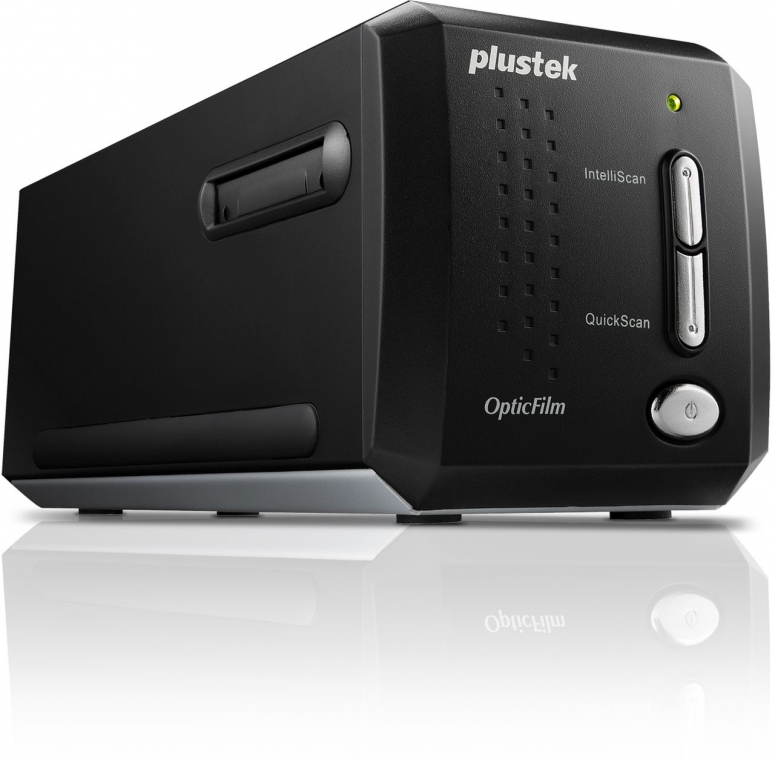
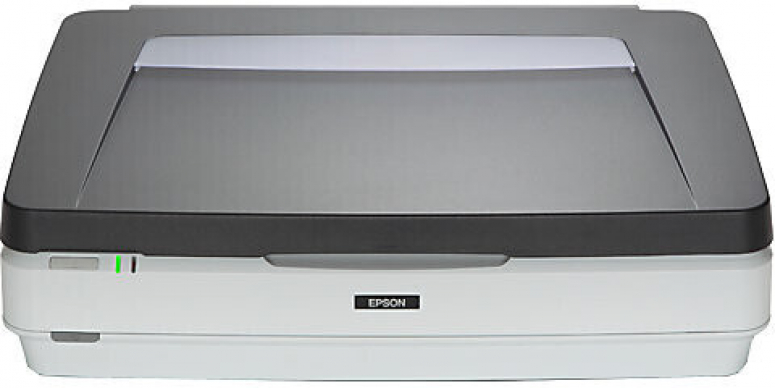
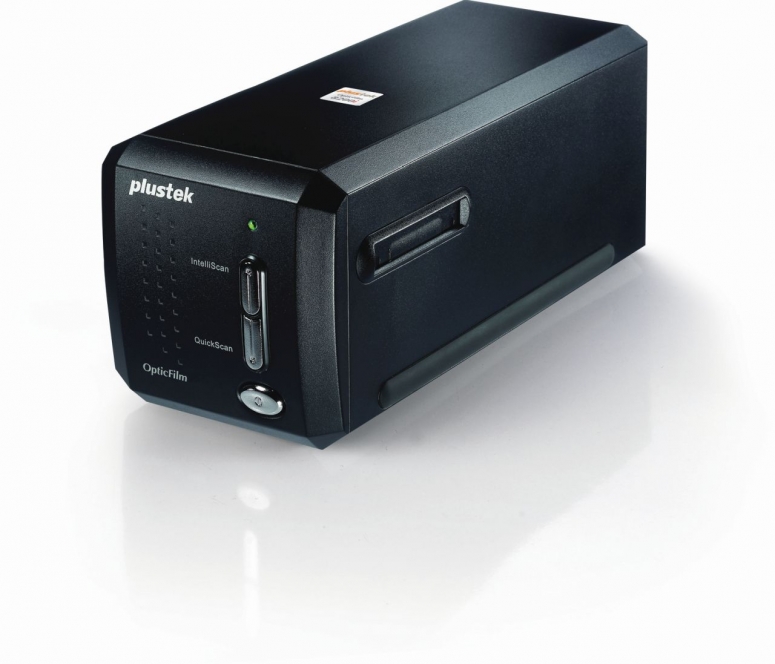
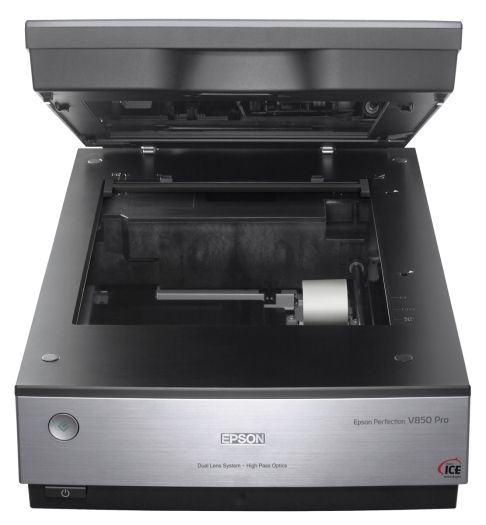
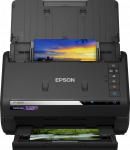
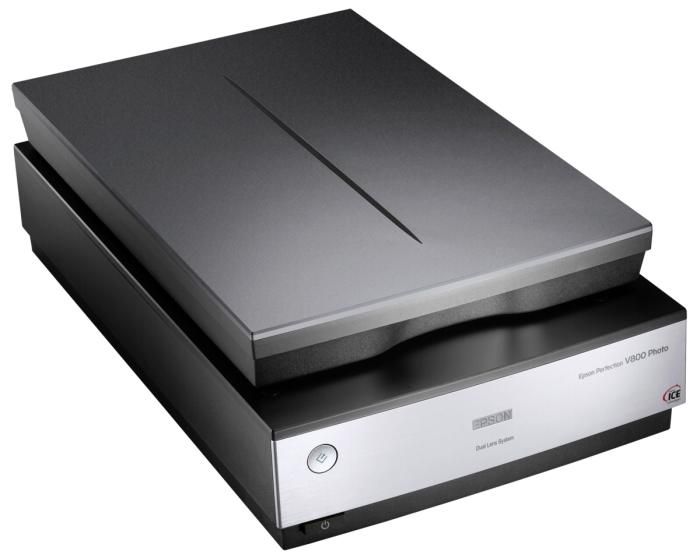
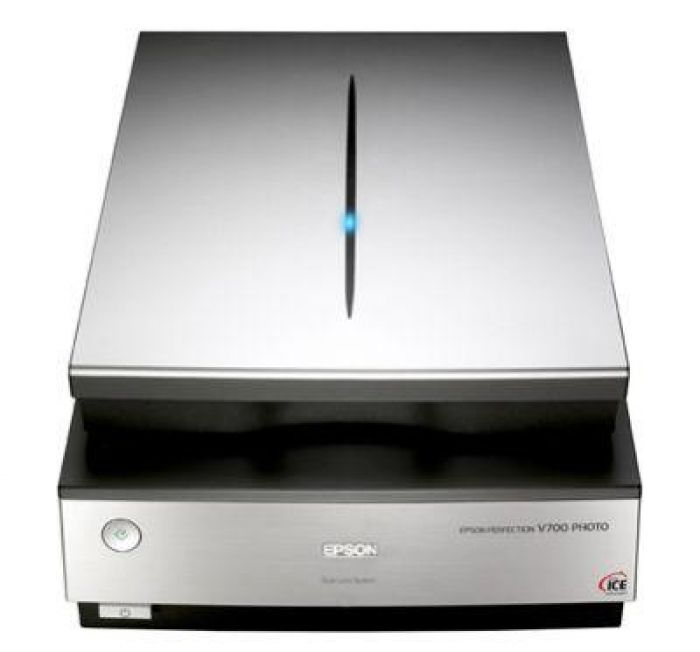
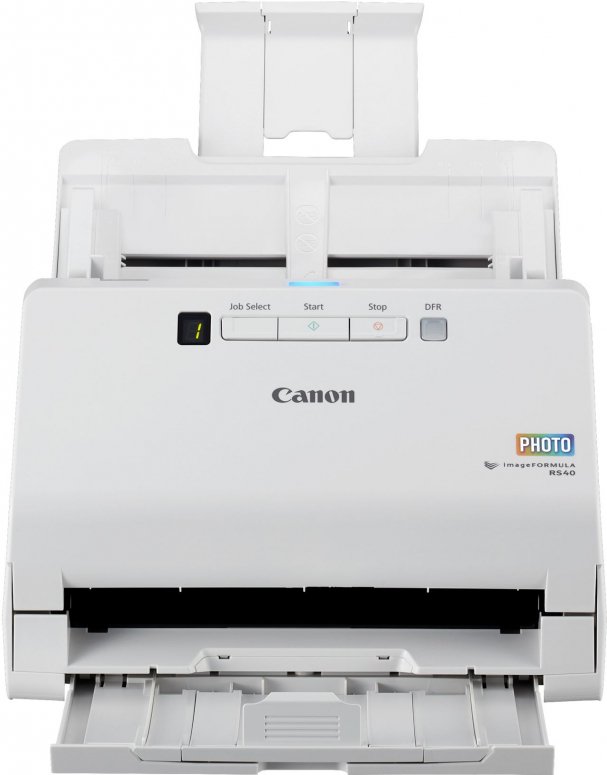
Do you have a question for our experts?
Find the answer quickly and easily on our customer service page
The Foto Erhardt Newsletter
Simply subscribe and benefit as a newsletter recipient every week:
Our privacy policys.